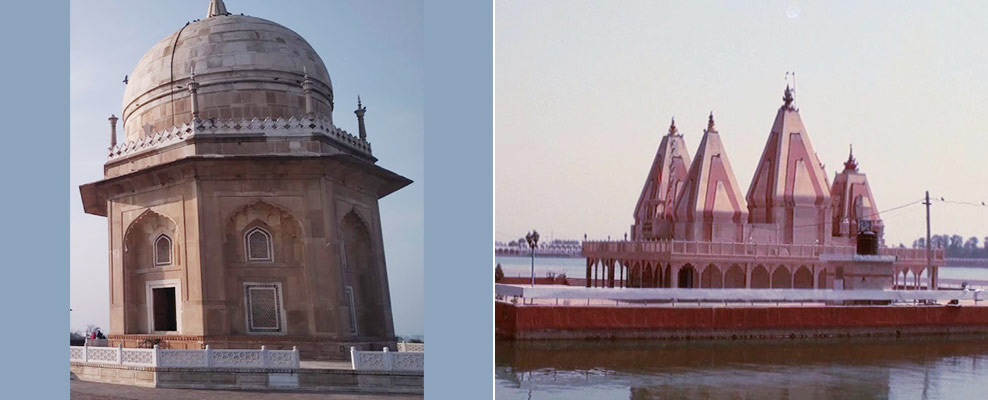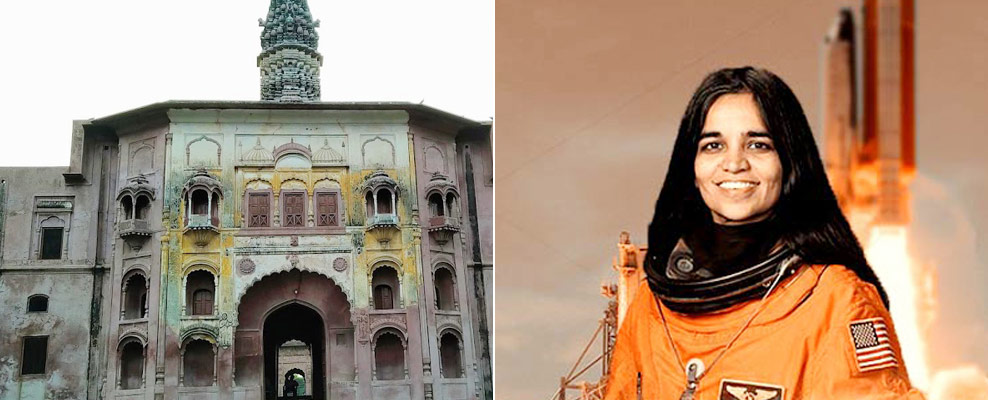
WoT's Hot
‘And there was Kurukshetra’! My mother often exclaimed referring to some fight amongst us children... It was only when I read the Mahabharata in Amar Chitrakatha (children’s comic) that I realized the significance of her favorite catchphrase.
Named after Raja Kuru of the Mahabharata, Kurukshetra is a small Haryanvi town 167 km north of Delhi. The place has been immortalised in the Indian epic, Mahabharata, for the battle fought on its plains as a climax to a multi-layered saga of greed, revenge, justice, fate and faith. The battle and the place becoming synonymous over time.

So, having been brought up on a staple diet of Indian mythology, I was naturally curious when I visited the place last year to find that the tale lives on. I hired an auto for Rs 500 for a quick tour of BhishmaKund where the renowned Kuru general breathed his last on a bed of arrows, the Jyotisar, where Lord Krishna supposedly recited the Bhagavat Gita to Arjuna, and the temple of Bhadra-Kali that traces its reference to Puranic time. Deciding to skip Raja Karna kaKilla, Amin village as they were just more of the same I headed straight for Sheikh Chaheli or Chilli’s tomb.
Sufi master to Mughal Prince Dara Shikoh, Sheikh Chilli’s tomb built in Persian style in red buff stone and marble with an accompanying Mughal Garden, is a pristinely preserved monument. Besides the tomb are a Madrasa and the Patthar Masjid.
Mythology apart, the place and its surroundings are a continuing evidence of India’s antiquity. The archaeological dig behind Sheikh Chilli’s tomb, Raja Harsha kaTilla, commemorates the region’s most illustrious ruler Emperor Harsha Vardhan and is also where the old town of Thaneswar was. The ongoing excavation shows evidence of Mauryan, Kushan, Gupta and Vardhan rule right up to the Islamic history of India.
Sprawled across an unkempt mound near the Kurukshetra Fine Arts College, is the burnt brick ‘Bodh Stupa’ dating back to Kushan era with subsequent dynasties adding to it. On the way to it we passed BhramoSarovar − a large artificial lake and a popular tourist destination.

It was almost sundown when I reached Nabha House; a fine example of Islamic brickwork. Belonging to the Nabha Royal family of Punjab the building stands on a raised platform with an ornate entrance of arched ‘miharab’ and pillared ‘jharokhas’.
The ‘past propels us into the future’, perhaps in this case quite literally. Astronaut Dr Kalpana Chawla who perished with the NASA space shuttle Columbia was born close by at Karnal. The Kalpana Chawla Memorial Planetarium here is dedicated to her. Apart from an interesting audio visual show the Planetarium exhibits a series of fascinating photographs of the outer space. As I stood transfixed in front of the ‘little blue dot’ in Carl Sagan’s word amongst the vast sea of white dusty stars of the Milky Way, I wondered if this was ‘Biswaroop’ – the cosmic force – that Krishna had shown Arjuna as narrated in the Gita.
For me, this trip added up the dots within the microcosm of Kurukshetra vis-a-vis the macrocosm of Kalpana Chawla’s outer space voyage and of course my mother’s tagline.
Photo credits: Banner Left: Ranjan De; Banner Center: indiaabroad.com; Banner Right: commons.wikimedia.org
‘And there was Kurukshetra’! My mother often exclaimed referring to some fight amongst us children... It was only when I read the Mahabharata in Amar Chitrakatha (children’s comic) that I realized the significance of her favorite catchphrase.
Named after Raja Kuru of the Mahabharata, Kurukshetra is a small Haryanvi town 167 km nor
Other Articles in Wots Hot
What to read next
Featured articles

Welcome Festive Season in Glam, Latin Quarters Launches new #PujoBling Collection with Monami Ghosh
by WOT








































